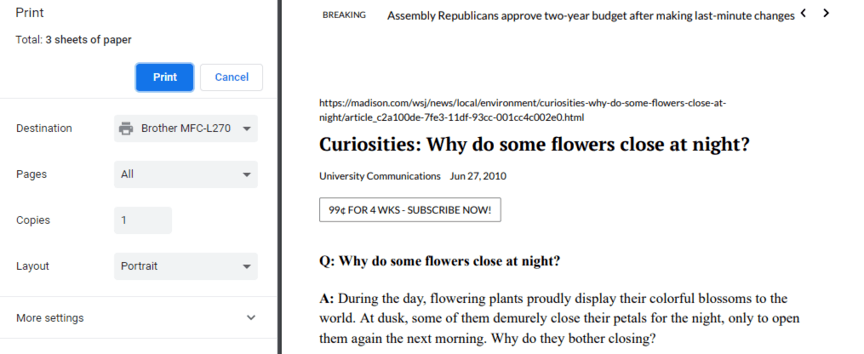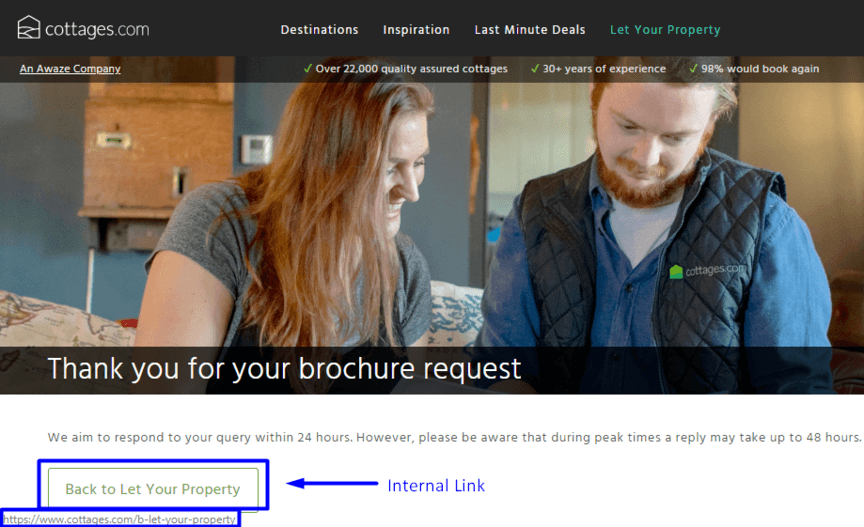What is Robots.txt and How Does Implementing Robots.txt Affect SEO?
Category: Marketing | Posted date: 2020-01-27 02:22:27 | Updated date: 2020-01-29 01:28:29 | Posted by: Jesza

Is robots.txt the straw that’s breaking your SEO camel’s back?
Search engine optimization (SEO) includes big and small website changes. The robots.txt file could seem sort of a minor, technical SEO element, but it can greatly impact your site’s visibility and rankings.
With robots.txt explained, you'll see the importance of this file to your site’s functionality and structure. Keep reading to seek out out robots.txt best practices for improving your rankings within the search engine results page (SERP).
Want effective full-service SEO strategies from a number one agency? iFormatLogic has robust services and a team that will add expertise to your campaign. Contact us online or email us at info.iformalotic.com now.
What is a robots.txt file?
A robots.txt file is a directive that tells search engine robots or crawlers the way to proceed through a site. within the crawling and indexing processes, directives act as orders to guide search engine bots, like Googlebot, to the right pages.
Robots.txt files are also categorized as plain text files, and they live in the root directory of sites. If the domain is “www.iformatlogic,” the robots.txt is at “www.iformatlogic.com/robots.txt.”
Robots.txt have two primary functions — they will either allow or disallow (block) bots. However, the robots.txt file isn’t an equivalent as noindex meta directives, which keep pages from getting indexed.
Robots.txt are more like suggestions instead of unbreakable rules for bots — and your pages can still end up indexed and within the search results for select keywords. Mainly, the files control the strain on your server and manage the frequency and depth of crawling.
The file designates user-agents, which either apply to a particular search engine bot or extend the order to all or any bots. for instance , if you would like just Google to consistently crawl pages rather than Bing, you'll send them a directive because the user-agent.
Website developers or owners can prevent bots from crawling certain pages or sections of a site with robots.txt.
Why use robots.txt files?
You want Google and its users to simply find pages on your website — that’s the entire point of SEO, right? Well, that’s not necessarily true. you would like Google and its users to effortlessly locate the right pages on your site.
Like most sites, you almost certainly have thank you pages that follow conversions or transactions. Do thank you pages qualify because the ideal choices to rank and receive regular crawling? It’s unlikely .
Constant crawling of nonessential pages can slow down your server and present other problems that hinder your SEO efforts. Robots.txt is that the solution to moderating what bots crawl and when.
One of the reasons robots.txt files help SEO is to process new optimization actions. Their crawling check-ins register once you change your header tags, meta descriptions, and keyword usage — and effective search engine crawlers rank your website according to positive developments as soon as possible.
As you implement your SEO strategy or publish new content, you would like search engines to acknowledge the modifications you’re making and therefore the results to reflect these changes. If you've got a slow site crawling rate, the evidence of your improved site can lag.
Robots.txt can make your site tidy and efficient, although they don’t directly push your page higher within the SERPs. They indirectly optimize your site, so it doesn’t incur penalties, sap your crawl budget, slow your server, and plug the incorrect pages full of link juice.
4 ways robots.txt files improve SEO
While using robots.txt files does not guarantee top rankings, it does matter for SEO. They are an integral technical SEO component that lets your website run smoothly and satisfy visitors.
SEO aims to rapidly load your webpage for users, deliver original content, and boost your highly relevant pages. Robots.txt plays a role in making your website accessible and useful.
Here are four ways you'll improve SEO with robots.txt files.
1. Preserve your crawl budget
Search engine bot crawling is valuable, but crawling can overwhelm sites that don’t have the muscle to handle visits from bots and users.
Googlebot sets aside a budgeted portion for every site that matches their desirability and nature. Some sites are larger, others hold immense authority, in order that they get a much bigger allowance from Googlebot.
Google doesn’t clearly define the crawl budget, but they are doing say the target is to prioritize what to crawl, when to crawl, and how rigorously to crawl it.
Essentially, the “crawl budget” is that the allotted number of pages that Googlebot crawls and indexes on a site within a particular amount of your time .
The crawl budget has two driving factors:
- Crawl rate limit puts a restriction on the crawling behavior of the search engine, so it does not overload your server.
- Crawl demand, popularity, and freshness determine whether the website needs more or less crawling.
Since you don’t have a vast supply of crawling, you'll install robots.txt to avert Googlebot from extra pages and point them to the many ones. This eliminates waste from your crawl budget, and it saves both you and Google from worrying about irrelevant pages.
2. Prevent duplicate content footprints
Search engines tend to frown upon duplicate content. Although they specifically do not want manipulative duplicate content. Duplicate content like PDF or printer-friendly versions of your pages doesn’t penalize your site.

However, you don’t need bots to crawl duplicate content pages and display them within the SERPs. Robots.txt is one option for minimizing your available duplicate content for crawling.
There are other methods for informing Google about duplicate content like canonicalization — which is Google’s recommendation — but you'll rope in duplicate content with robots.txt files to conserve your crawl budget, too.
3. Pass link equity to the right pages
Equity from internal linking may be a special tool to extend your SEO. Your best-performing pages can raise the credibility of your poor and average pages in Google’s eyes.

However, robots.txt files tell bots to require a hike once they’ve reached a page with the directive. meaning they don’t follow the linked pathways or attribute the ranking power from these pages if they obey your order.
Your link juice is powerful, and once you use robots.txt correctly, the link equity passes to the pages you really want to elevate instead of those that should remain within the background. Only use robots.txt files for pages that don’t need equity from their on-page links.
4. Designate crawling instructions for chosen bots
Even within an equivalent search engine, there are a spread of bots. Google has crawlers aside from the most “Googlebot”, including Googlebot Images, Googlebot Videos, AdsBot, and more.
You can direct crawlers away from files that you simply don’t want to appear in searches with robots.txt. as an example , if you would like to block files from showing up in Google Images searches, you'll put disallow directives on your image files.
In personal directories, this will deter search engine bots, but remember that this doesn’t protect sensitive and private information though.
Partner with iFormatLogic to make the most of your robots.txt
Robots.txt best practices can increase your SEO strategy and help search engine bots navigate your site. With technical SEO techniques like these, you'll hone your website to work at its best and secure top rankings in search results.
iFormatLogic is a top SEO company with a team of professionals bringing expertise to your campaign. Our SEO services are centered on driving results, and with over 4.6 million leads generated within the last past years, it’s clear we follow through.
Interested in getting the highest quality SEO services for your business? Contact us online or call us at 047-611-1243 now to talk with a professional team member.
